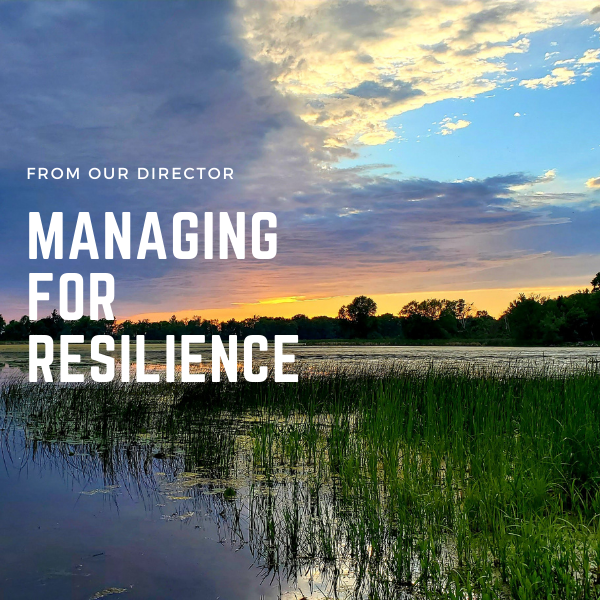This article was featured in the 2022 Spring Newsletter by Rob Williams-SLELO PRISM Program Director.
From time to time, I hear folks say things like “invasive species are always going to be around and there’s not much we can do about them”. Naturally, this results in great contemplation. Now, I could go on referencing all the studies that contradict this statement, but in the time I have in this column, let me just say this.
Our work has and continues to reduce the negative impacts of invasive species especially when we close the loop with ecological restoration. We have reduced the impacts of forest pests such as the emerald ash borer and hemlock woolly adelgid across New York’s forested lands, ensuring the recreation and timber industries in NY remain strong, while also protecting the ability of trees to continue to store carbon. Recently and along with our partners, we have protected 750,000 acres of the Tug Hill Forest by preventing the spread of forest pests and planting diverse species of trees making the Tug Hill landscape more resilient to external stressors. Our urban forest sustainability efforts have the same benefits within our populated communities.
The Salmon River corridor and the Sandy, South Sandy, and Deer Creek riparian areas are also more resilient today, thanks to our invasive species suppression and ecological restoration efforts along these tributaries. By adding ecological restoration post suppression, we rehabilitate the native plant assemblages of these areas returning them to more biologically diverse areas, which in turn augment the resiliency of the aquatic/riparian system benefiting the complex interactions of nature.
Restoring a diverse assemblage of native plants causes a site to be resistant to invasive reoccurrence and creates subtle resilience to external stressors such as climate changes, increasing biodiversity even in aquatic environments.
(Source, Science Daily & Cambridge University Press).


